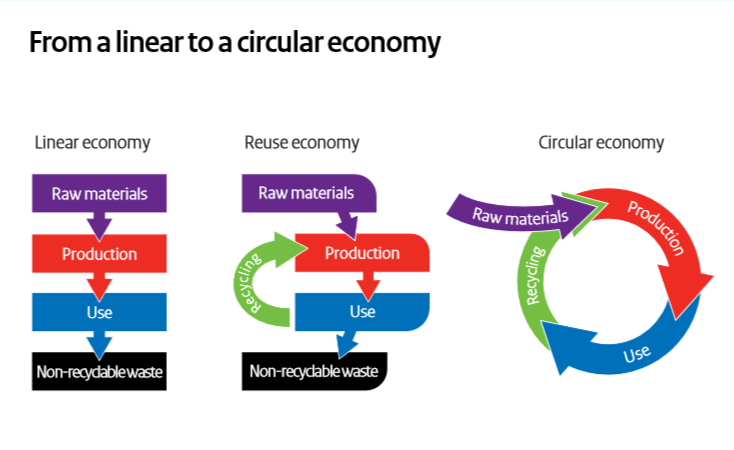By Schuttelaar & Partners
Research which aims at having long-term societal impact not only needs knowledge and curiosity but also business potential. In this sense, an important part of the Work Package “Long-term effects” of the European INTERREG project SeRaMCo – Secondary Raw Materials for Concrete Precast Products – is the development of business models. Business models which allow to successfully commercialize SeRaMCo’s research results in the short-, mid- and long-term. In other words, to make a lucrative business out of concrete precast products (CPPs) made of recycled construction and demolition waste (CDW). The SeRaMCo project partners and, more broadly spoken, the diverse stakeholders in the construction industry look at this challenge from different perspectives:
Recycling companies want the cost of processing CDW to be lower than the sum of the price they can charge when accepting CDW added by its output value as a commodity for the construction industry; In particular, why should they invest into high-quality recycling if down-cycling for road construction is already a profitable business and the demand for this type of output material remains stable?
CPP, cement and concrete producers compare the price of secondary raw materials with the one of natural sands and aggregates, their availability, their quality and the impact they have on their production processes in terms of product quality, energy consumption, CO2 emissions etc. Do their clients request ‘green’ products?
Construction companies consider calls for tenders with regard to requirements for recycled materials and products, the norms and standards they have to comply with and the quality they have to deliver taking into account time and budget constraints.
However, although the current business conditions do not seem to provide immediate market opportunities, we have to anticipate tighter environmental regulations and scarcity of primary raw materials. Higher prices for commodities, requirements for sustainable ‘green’ products and a waste-free circular value chain will result from this development. Having the right technologies and circular business models in place will prove as a competitive advantage and enable the transition.
Many different circular business models can be found in the literature. What they have in common is that materials are being used almost infinitely, products last much longer, and existing assets such as buildings, machines and space are being shared in an optimal way. And most importantly, waste is reduced to zero.

